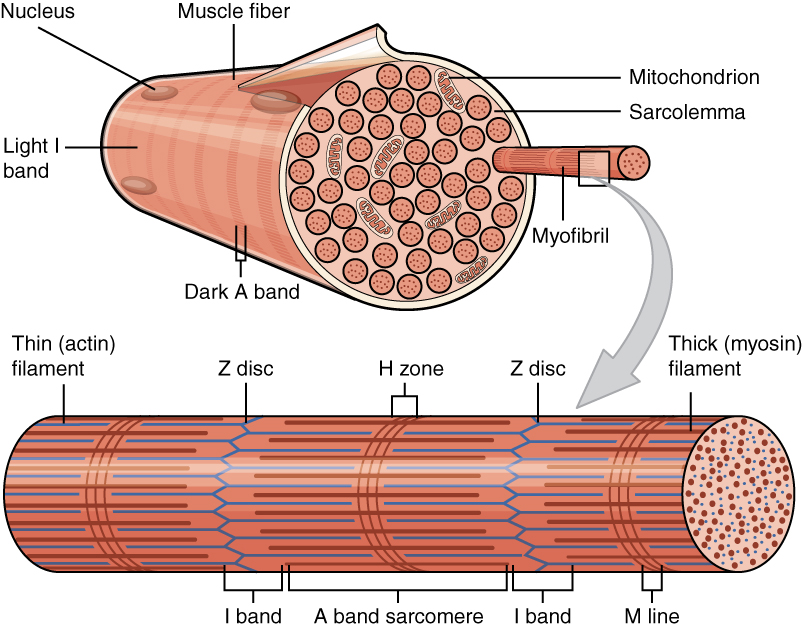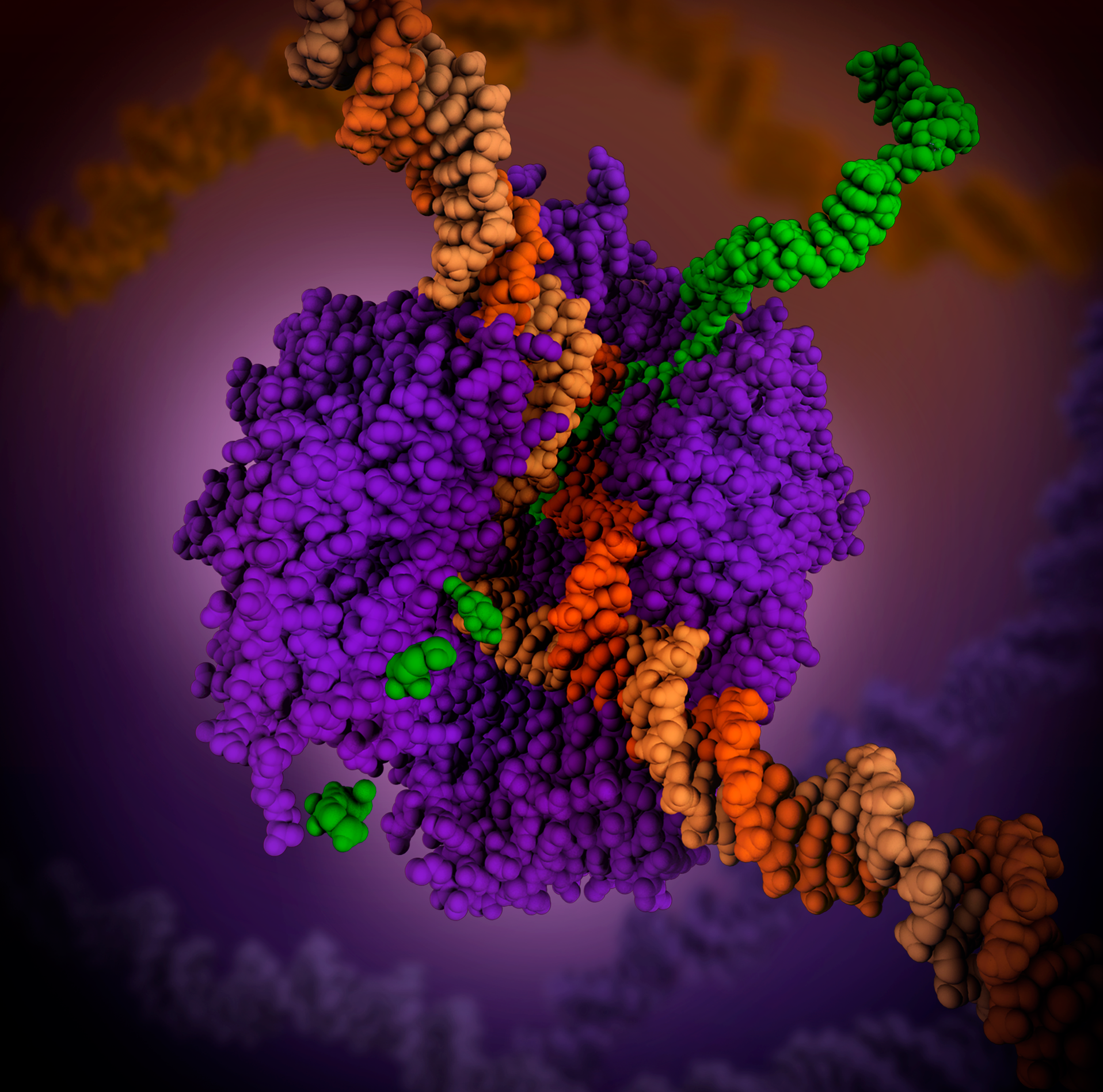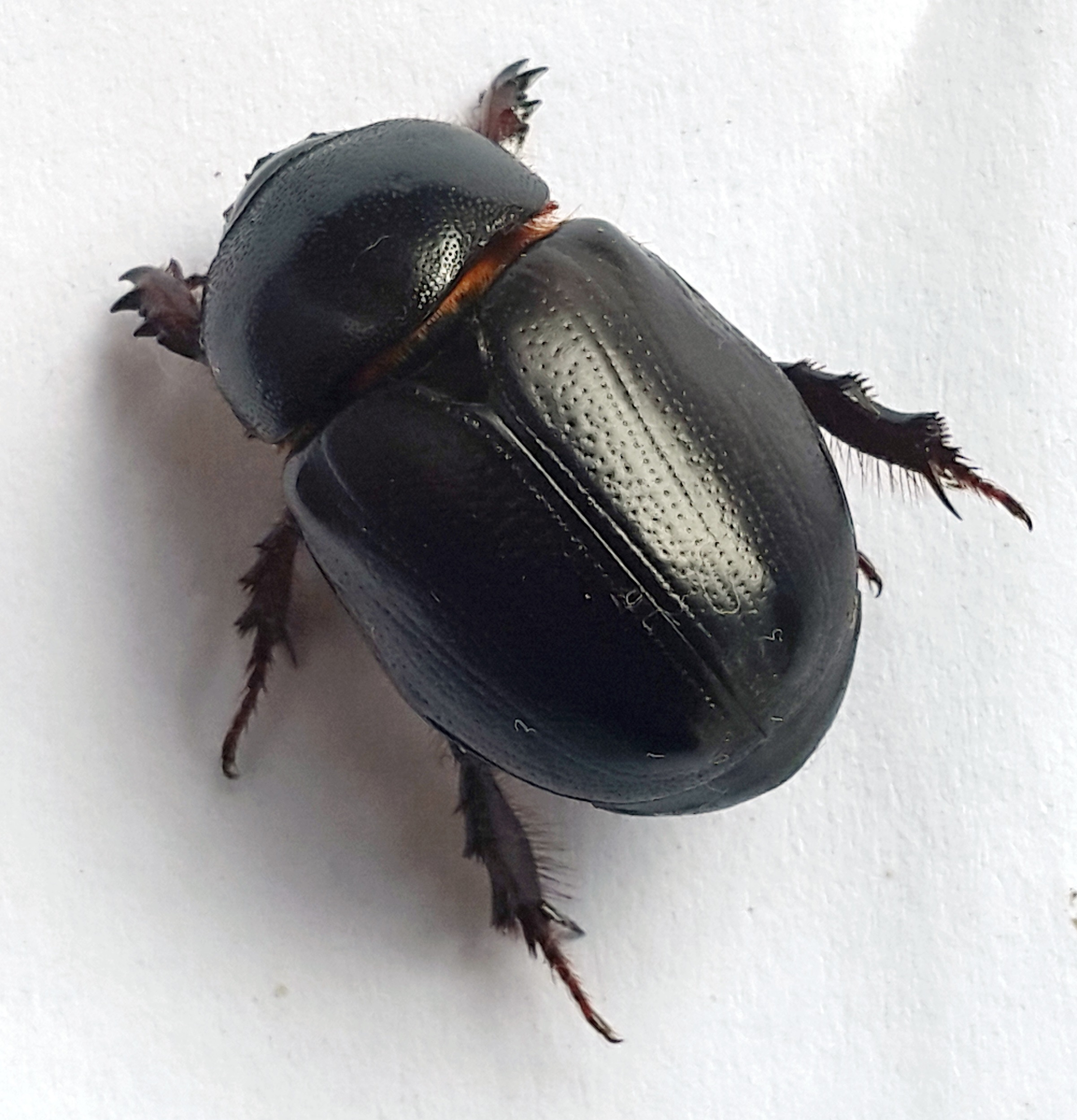|
Nodamura Virus
''Nodamura virus'' (NoV) is a member of the family Nodaviridae, which was originally isolated from mosquitoes (''Culex tritaeniorhynchus'') in Japan near the village of Nodamura in 1956. Other members of Nodaviridae are flock house virus (FHV) and black beetle virus (BBV).Tesh, R. B.Infectivity and Pathogenicity of Nodamura Virus for Mosquitoes" Journal of General . Virology 48.1 (1980): 177-82. Web. NoV has been found to multiply in several insect and tick species; however, these infected individuals seem to be asymptomatic. Nodamura virus is the only member of the genus Alphanodavirus that can infect insects, fish, and mammals. Taxonomy Nodamura virus is a +ssRNA virus. It is a member of the virus family Nodaviridae. Nodaviridae is made up of two genera, Alphanodavirus and Betanodavirus. NoV is a member of the Alphanodavirus. Other viruses in this genus are '' Flock House virus'' and ''Black beetle virus''."ViralZoneAlphanodavirus N.p., n.d. Web. 10 Dec. 2015. Structure ... [...More Info...] [...Related Items...] OR: [Wikipedia] [Google] [Baidu] |
Nodaviridae
''Nodaviridae'' is a family of nonenveloped positive-strand RNA viruses. Vertebrates and invertebrates serve as natural hosts. Diseases associated with this family include: viral encephalopathy and retinopathy in fish. There are nine species in the family, assigned to two genera. History The name of the family is derived from the Japanese village of Nodamura, Iwate Prefecture where Nodamura virus was first isolated from ''Culex tritaeniorhynchus'' mosquitoes. Virology Structure The virus is not enveloped and has an icosahedral capsid (triangulation number = 3) ranging from 29 to 35 nm in diameter. The capsid is constructed of 32 capsomers. Genome The genome is linear, positive sense, bipartite (composed of two segments – RNA1 and RNA2) single stranded RNA consisting of 4500 nucleotides with a 5’ terminal methylated cap and a non-polyadenylated 3’ terminal. RNA1, which is ~3.1 kilobases in length, encodes a protein that has multiple functional domains: a mitoch ... [...More Info...] [...Related Items...] OR: [Wikipedia] [Google] [Baidu] |
Capsid
A capsid is the protein shell of a virus, enclosing its genetic material. It consists of several oligomeric (repeating) structural subunits made of protein called protomers. The observable 3-dimensional morphological subunits, which may or may not correspond to individual proteins, are called capsomeres. The proteins making up the capsid are called capsid proteins or viral coat proteins (VCP). The capsid and inner genome is called the nucleocapsid. Capsids are broadly classified according to their structure. The majority of the viruses have capsids with either helical or icosahedral structure. Some viruses, such as bacteriophages, have developed more complicated structures due to constraints of elasticity and electrostatics. The icosahedral shape, which has 20 equilateral triangular faces, approximates a sphere, while the helical shape resembles the shape of a spring, taking the space of a cylinder but not being a cylinder itself. The capsid faces may consist of one or more ... [...More Info...] [...Related Items...] OR: [Wikipedia] [Google] [Baidu] |
Muscle Fibrils
A myofibril (also known as a muscle fibril or sarcostyle) is a basic rod-like organelle of a muscle cell. Skeletal muscles are composed of long, tubular cells known as muscle fibers, and these cells contain many chains of myofibrils. Each myofibril has a diameter of 1–2 micrometres. They are created during embryonic development in a process known as myogenesis. Myofibrils are composed of long proteins including actin, myosin, and titin, and other proteins that hold them together. These proteins are organized into thick, thin, and elastic myofilaments, which repeat along the length of the myofibril in sections or units of contraction called sarcomeres. Muscles contract by sliding the thick myosin, and thin actin myofilaments along each other. Structure Each myofibril has a diameter of between 1 and 2 micrometres (μm). The filaments of myofibrils, myofilaments, consist of three types, thick, thin, and elastic filaments. *Thin filaments consist primarily of the protein actin, ... [...More Info...] [...Related Items...] OR: [Wikipedia] [Google] [Baidu] |
Aedes Albopictus
''Aedes albopictus'' (''Stegomyia albopicta''), from the mosquito (Culicidae) family, also known as the (Asian) tiger mosquito or forest mosquito, is a mosquito native to the tropical and subtropical areas of Southeast Asia. In the past few centuries, however, this species has spread to many countries through the transport of goods and international travel. It is characterized by the white bands on its legs and body. This mosquito has become a significant pest in many communities because it closely associates with humans (rather than living in wetlands), and typically flies and feeds in the daytime in addition to at dusk and dawn. The insect is called a tiger mosquito for its striped appearance, which resembles that of the tiger. ''Ae. albopictus'' is an epidemiologically important vector for the transmission of many viral pathogens, including the yellow fever virus, dengue fever, and Chikungunya fever, as well as several filarial nematodes such as ''Dirofilaria immitis''. ... [...More Info...] [...Related Items...] OR: [Wikipedia] [Google] [Baidu] |
Cytoplasm
In cell biology, the cytoplasm is all of the material within a eukaryotic cell, enclosed by the cell membrane, except for the cell nucleus. The material inside the nucleus and contained within the nuclear membrane is termed the nucleoplasm. The main components of the cytoplasm are cytosol (a gel-like substance), the organelles (the cell's internal sub-structures), and various cytoplasmic inclusions. The cytoplasm is about 80% water and is usually colorless. The submicroscopic ground cell substance or cytoplasmic matrix which remains after exclusion of the cell organelles and particles is groundplasm. It is the hyaloplasm of light microscopy, a highly complex, polyphasic system in which all resolvable cytoplasmic elements are suspended, including the larger organelles such as the ribosomes, mitochondria, the plant plastids, lipid droplets, and vacuoles. Most cellular activities take place within the cytoplasm, such as many metabolic pathways including glycolysis, and proces ... [...More Info...] [...Related Items...] OR: [Wikipedia] [Google] [Baidu] |
Viral Entry
Viral entry is the earliest stage of infection in the viral life cycle, as the virus comes into contact with the host cell (biology), cell and introduces viral material into the cell. The major steps involved in viral entry are shown below. Despite the variation among viruses, there are several shared generalities concerning viral entry. Reducing cellular proximity How a virus enters a cell is different depending on the type of virus it is. A virus with a Viral envelope, nonenveloped capsid enters the cell by attaching to the attachment factor located on a host cell. It then enters the cell by endocytosis or by making a hole in the membrane of the host cell and inserting its viral genome. Cell entry by enveloped viruses is more complicated. Enveloped viruses enter the cell by attaching to an attachment factor located on the surface of the host cell. They then enter by endocytosis or a direct membrane fusion event. The fusion event is when the virus membrane and the host cell m ... [...More Info...] [...Related Items...] OR: [Wikipedia] [Google] [Baidu] |
RNA Polymerase
In molecular biology, RNA polymerase (abbreviated RNAP or RNApol), or more specifically DNA-directed/dependent RNA polymerase (DdRP), is an enzyme that synthesizes RNA from a DNA template. Using the enzyme helicase, RNAP locally opens the double-stranded DNA so that one strand of the exposed nucleotides can be used as a template for the synthesis of RNA, a process called transcription. A transcription factor and its associated transcription mediator complex must be attached to a DNA binding site called a promoter region before RNAP can initiate the DNA unwinding at that position. RNAP not only initiates RNA transcription, it also guides the nucleotides into position, facilitates attachment and elongation, has intrinsic proofreading and replacement capabilities, and termination recognition capability. In eukaryotes, RNAP can build chains as long as 2.4 million nucleotides. RNAP produces RNA that, functionally, is either for protein coding, i.e. messenger RNA (mRNA); or n ... [...More Info...] [...Related Items...] OR: [Wikipedia] [Google] [Baidu] |
RNA Genome
Ribonucleic acid (RNA) is a polymeric molecule essential in various biological roles in coding, decoding, regulation and expression of genes. RNA and deoxyribonucleic acid ( DNA) are nucleic acids. Along with lipids, proteins, and carbohydrates, nucleic acids constitute one of the four major macromolecules essential for all known forms of life. Like DNA, RNA is assembled as a chain of nucleotides, but unlike DNA, RNA is found in nature as a single strand folded onto itself, rather than a paired double strand. Cellular organisms use messenger RNA (''mRNA'') to convey genetic information (using the nitrogenous bases of guanine, uracil, adenine, and cytosine, denoted by the letters G, U, A, and C) that directs synthesis of specific proteins. Many viruses encode their genetic information using an RNA genome. Some RNA molecules play an active role within cells by catalyzing biological reactions, controlling gene expression, or sensing and communicating responses to cellular s ... [...More Info...] [...Related Items...] OR: [Wikipedia] [Google] [Baidu] |
Icosahedral Symmetry
In mathematics, and especially in geometry, an object has icosahedral symmetry if it has the same symmetries as a regular icosahedron. Examples of other polyhedra with icosahedral symmetry include the regular dodecahedron (the dual of the icosahedron) and the rhombic triacontahedron. Every polyhedron with icosahedral symmetry has 60 rotational (or orientation-preserving) symmetries and 60 orientation-reversing symmetries (that combine a rotation and a reflection), for a total symmetry order of 120. The full symmetry group is the Coxeter group of type . It may be represented by Coxeter notation and Coxeter diagram . The set of rotational symmetries forms a subgroup that is isomorphic to the alternating group on 5 letters. Description Icosahedral symmetry is a mathematical property of objects indicating that an object has the same symmetries as a regular icosahedron. As point group Apart from the two infinite series of prismatic and antiprismatic symmetry, rotati ... [...More Info...] [...Related Items...] OR: [Wikipedia] [Google] [Baidu] |
Culex Tritaeniorhynchus
''Culex (Culex) tritaeniorhynchus'' is a species of mosquito and is the main vector of the disease Japanese encephalitis. This mosquito is a native of northern Asia, and parts of Africa (northeast and sub-Saharan). Females target large animals for blood extraction, including cattle and swine, and are strongly anthropophilic. Habitat The larval habitat of ''Cx. tritaeniorhynchus'' primarily consists of low lying water logged areas such as grasses and fallow rice fields, but this species can also be found in wells, ponds, ditches and has been reported in urban environments in close proximity to human populations, such as water storage containers in houses. ''Culex tritaeniorhynchus'' is extremely common and widespread. It can be found in locations where the annual mean temperature ranges from 8.2 - 28.9°C, with elevations of a maximum 838m above sea level. Recorded presence of ''Cx. tritaeniorhynchus'' through surveys and mosquito collections list the species as being present ... [...More Info...] [...Related Items...] OR: [Wikipedia] [Google] [Baidu] |
Black Beetle Virus
''Black beetle virus'' (BBV) is a virus that was initially discovered in the North Island of New Zealand in Helensville in dead New Zealand black beetles (''Heteronychus arator'') in 1975. History and general information BBV is recognized as a member of a group of small split arboviruses from the same line as Nodamura virus which was discovered 20 years prior to BBV in Japan. The genomes of these viruses are unusually small compared to others such as picorna and retroviruses. Because the virus only has 2 initial RNAs, this is the simplest class of virus. There is an RNA 3 that does appear only in infected cells. BBV has only been shown to infect insect cells. When transmitted to wax moth larvae, it can cause paralysis; however it cannot replicate in mammalian cells like other viruses in its family. Viruses such as Nodamura Virus and Flock house virus have been shown to infect mammals and fishes. BBV comes from the family of Nodaviridae that contains nine different viruses divid ... [...More Info...] [...Related Items...] OR: [Wikipedia] [Google] [Baidu] |

.gif)








